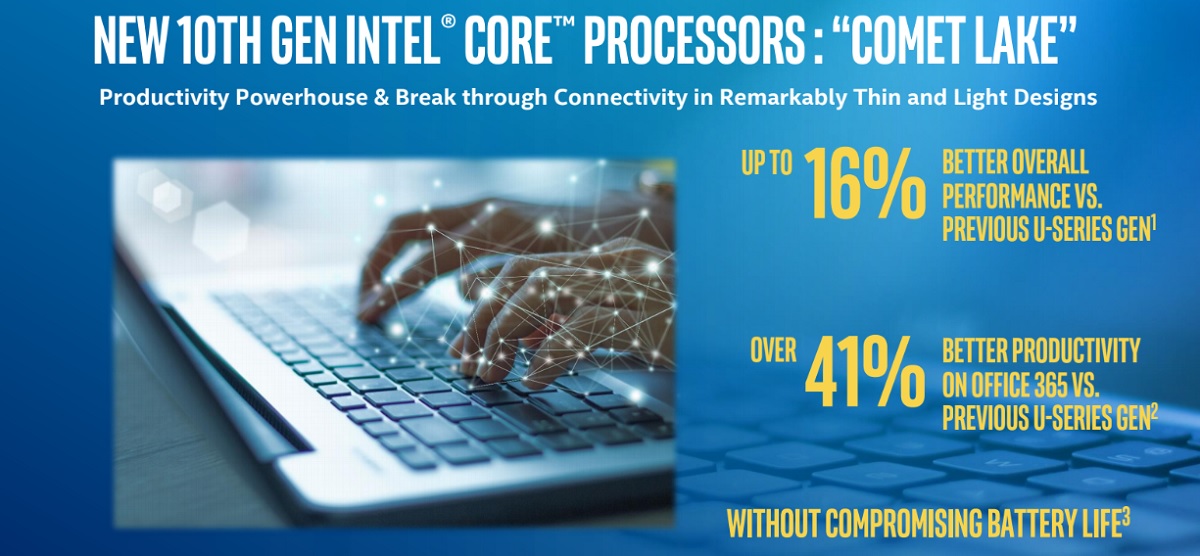Intel has unveiled its latest 10th Gen Intel Core processors, previously code-named Comet Lake, for laptops. These chips promise double-digit performance gains on the prior generation.
Ran Senderovitz, vice president of mobile platform marketing at the Intel client computing group, said in a briefing that the eight new 14-nanometer U-Series and Y-Series chips are targeted for productivity in thin-and-light laptops, both in consumer and commercial devices.

Unlock premium content and VIP community perks with GB M A X!
Join now to enjoy our free and premium membership perks.
![]()

![]()